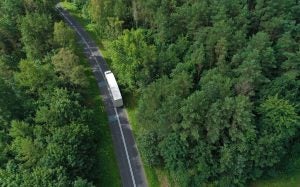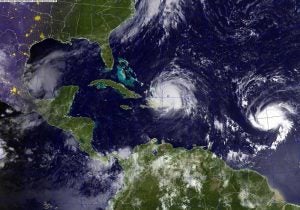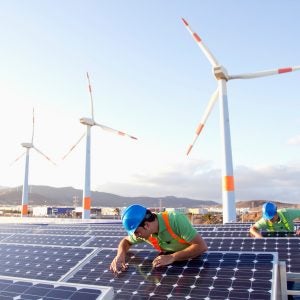 By Elizabeth B. Stein and Cole Jermyn
By Elizabeth B. Stein and Cole Jermyn
Update: On August 17th, the BPU voted to accept the final version of the Ratepayer Impact Study. The final version has the same limitations EDF and others identified in comments on the proposed study, including not accounting for the environmental and public health benefits of the energy transition, and failing to fully account for modernized utility practices that can minimize costs such as innovative price signals and grid modernization. But even with these limitations, the final study shows that electrification is the pathway to both lower costs and less greenhouse gas pollution.
By 2030, New Jersey ratepayers who adopt electric vehicles, electrify their buildings and improve their energy efficiency will see lower energy costs than both their fossil fuel-reliant neighbor and the average customer today. This is true for small and large commercial customers, residential customers and low-income residential customers. These results should be a wakeup call to ensure all customers can afford to deploy these technologies in order to meet the state’s environmental and energy affordability goals.
New Jersey, like many other states, has been hard at work developing a strategy to drastically reduce its own climate impact. The state’s residents are already experiencing more than their share of climate change. With 130 miles of coastline, including population centers near much-loved beaches, more frequent extreme weather events are an existential threat to the state.
The state’s Energy Master Plan identifies and coordinates efforts, in various parts of the economy, to achieve a sustainable pathway to substantial decarbonization by 2050. But a new study, proposed by the New Jersey Board of Public Utilities, that seeks to estimate the financial impact of these efforts to eliminate fossil fuels on gas and electric utility customers, is infected with methodological flaws and faulty assumptions that would put it out of step with the state’s energy and climate policy.














